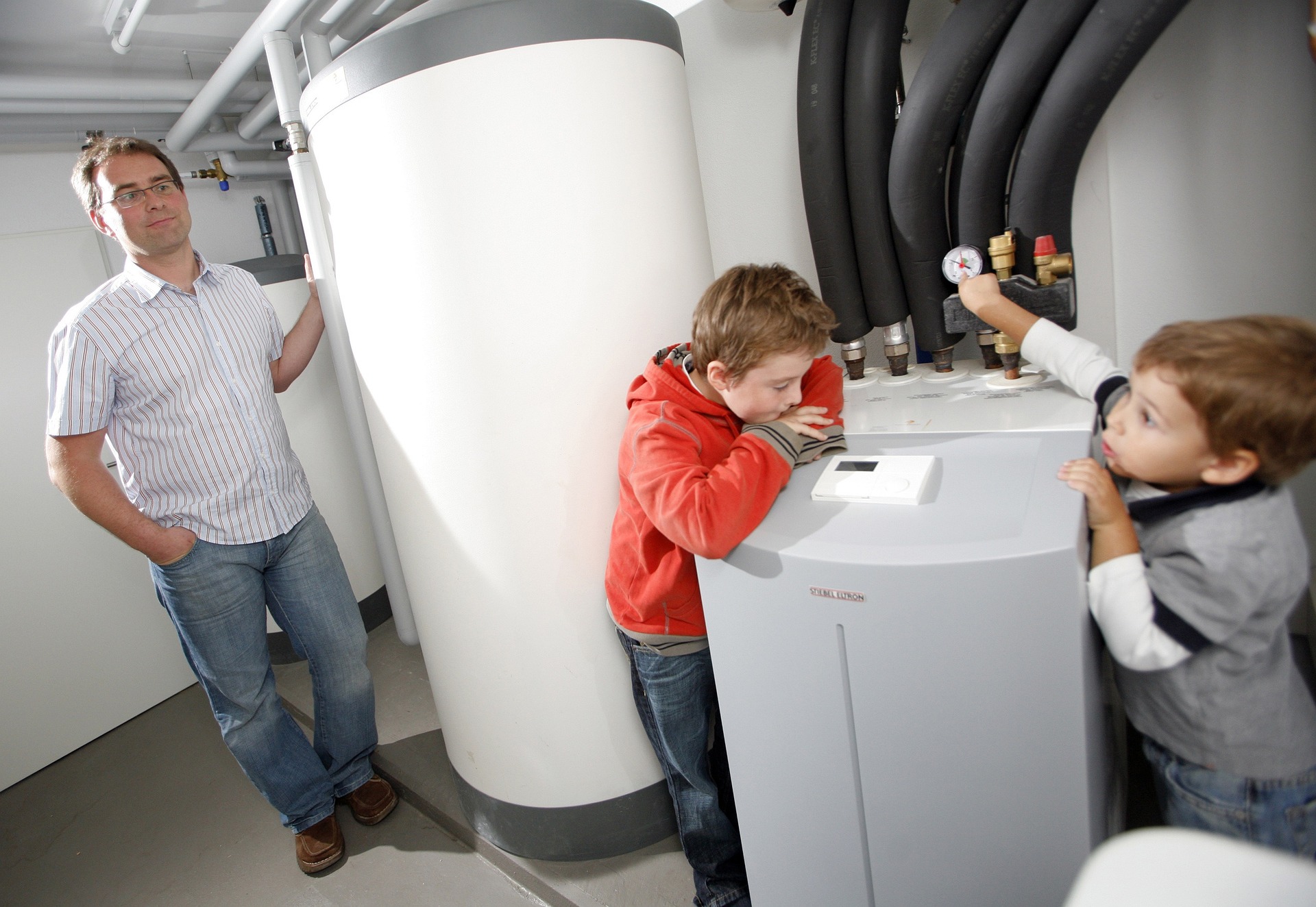Energy-saving adjustments for household heating systems
Small, targeted adjustments to your home heating setup can cut energy use and improve comfort without major upgrades. This overview outlines practical steps for thermostats, filters, boilers, furnaces, and HVAC appliances to run more efficiently while maintaining safety and reliability.

Efficient household heating starts with a clear understanding of how your system uses energy and where losses occur. Simple behavior changes and routine attention to components like the thermostat, filters, and vents can reduce fuel or electricity consumption and extend equipment life. Regular inspection and basic diagnostics help spot problems early, reducing the likelihood of unexpected repairs and improving overall safety when working with combustion equipment such as a furnace or boiler.
How can thermostat adjustments save energy?
Setting and programming a thermostat is one of the most effective, low-cost ways to manage heating energy. Lowering the thermostat by a few degrees during the night or while the home is unoccupied can reduce energy use substantially without sacrificing comfort. Consider a programmable or smart thermostat to create schedules and take advantage of setback periods; many models also provide diagnostics that indicate if the thermostat is communicating properly with an HVAC system. Proper placement—away from drafts, direct sunlight, or heat sources—ensures accurate temperature sensing.
What furnace and boiler tweaks improve efficiency?
For homes with a furnace or boiler, simple adjustments and servicing can make a measurable difference. Ensure burners are clean and combustion is tuned during regular servicing; inefficient combustion wastes fuel and can create safety issues. Bleeding radiators, checking circulator pumps, and balancing zone valves keeps heat distribution even, lowering the need to run equipment longer. For boilers, ensuring correct pressure and venting, and for furnaces checking exhaust and heat exchanger condition, are important parts of diagnostics during inspection visits.
How does HVAC filter care affect performance?
Dirty or clogged filters force HVAC fans and furnaces to work harder, increasing energy consumption and accelerating wear. Replace or clean filters according to manufacturer recommendations—typically every 1–3 months for standard disposable filters, longer for high-efficiency or washable types. Upgrading to the correct MERV-rated filter for your system can improve air quality without unduly restricting airflow. Additionally, inspect ducts and vents for blockages or leaks; sealing gaps and ensuring unobstructed returns improves distribution efficiency.
When should you schedule inspection, servicing, and diagnostics?
Annual inspection and servicing by a qualified technician are recommended for most heating systems. Routine servicing typically includes cleaning, lubrication of moving parts, safety control checks, and basic diagnostics of electrical and mechanical components. During an inspection, technicians can identify worn belts, failing motors, leaks, or signs of corrosion in boilers and furnaces. Addressing these issues proactively reduces the chance of emergency repairs and often restores or maintains design efficiency.
What safety checks and minor repairs matter most?
Safety is integral to energy-smart heating maintenance. For combustion-based systems, verify proper venting and functioning carbon monoxide detectors. Inspect heat exchangers for cracks, check flue connections, and ensure pilot systems or ignition components are operating correctly. Small repairs—tightening electrical connections, replacing worn seals, or fixing thermostat wiring—can restore reliable operation and prevent energy waste caused by intermittent cycling or incomplete combustion.
How can scheduled maintenance improve long-term energy use?
Creating a seasonal maintenance routine that includes filter changes, thermostat recalibration, and pre-winter inspections keeps systems running near peak efficiency. Servicing intervals may vary depending on equipment age, use patterns, and fuel type, but regular diagnostics and servicing help identify inefficiencies such as poor burner adjustment, air leaks, or failing components that increase energy consumption. Documenting maintenance helps track repairs and informs decisions about retrofits or equipment replacement when efficiency gains justify it.
Conclusion Thoughtful adjustments—ranging from programming the thermostat and replacing filters to routine inspection, servicing, and timely repairs—can reduce household energy use while preserving comfort and safety. Regular diagnostics and attention to furnace, boiler, and HVAC components prevent small problems from becoming energy drains, helping systems operate more efficiently over their service life.





